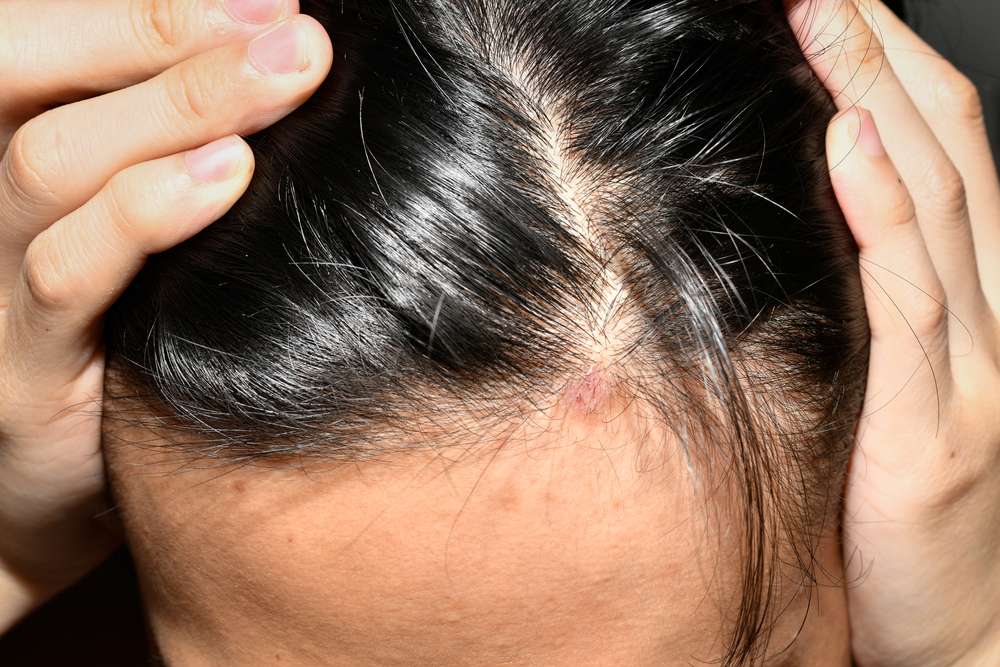Targeting the scalp microbiome to reduce irritation and support growth
Understanding the scalp microbiome provides a practical way to reduce irritation and encourage healthier hair growth. Balancing microbes while supporting the scalp barrier, moisture levels, and sebum control can improve comfort and strand resilience. This article reviews ingredient choices, routine adjustments, and evidence-informed steps to consider.

This article is for informational purposes only and should not be considered medical advice. Please consult a qualified healthcare professional for personalized guidance and treatment.
How does the scalp microbiome affect moisture and barrier?
The scalp microbiome is a dynamic community of bacteria and fungi that interacts with skin cells, sebum, and external factors. When balanced, these microbes help preserve the skin barrier and maintain appropriate moisture at the surface. Disruption—through harsh cleansing, over-exfoliation, or environmental stress—can weaken the barrier, increase transepidermal water loss, and lead to dryness or inflammation. Supporting barrier function with ceramides and gentle hydration helps keep the microbiome stable, reducing irritation while creating an environment more conducive to healthy hair growth.
What role do sebum and hydration play for strands?
Sebum is the scalp’s natural oil and plays a key role in lubricating strands and protecting the skin. Too little sebum can leave hair brittle and susceptible to breakage; too much can trap debris and promote irritation. Hydration and moisture management are distinct but linked: hydration refers to water content in tissues, while moisture often connotes oil balance on the surface. Managing porosity and protein balance in strands means tailoring routines to how hair absorbs and retains moisture and protein, which helps preserve strength without upsetting the scalp microbiome.
Can exfoliation, sulfatefree routines, and porosity help?
Regular, gentle exfoliation can remove buildup that traps microbes and sebum, improving scalp comfort and allowing topical actives to penetrate. Physical or chemical exfoliants should be chosen with care to avoid damaging the barrier. Switching to sulfatefree cleansers can reduce irritation for sensitive scalps because such formulas are generally less stripping of natural oils. Addressing hair porosity—how porous strands are—guides whether to emphasize conditioning or protein treatments; both affect appearance and how products interact with the scalp surface and microbiome.
Which ingredients support microbiome balance: peptides, ceramides, protein?
Peptides can support scalp tissue health by signaling repair pathways, while ceramides are lipid components that reinforce the barrier and reduce water loss. Protein treatments help strengthen strands but should be matched to porosity to prevent stiffness or buildup. Antioxidants support resilience by neutralizing oxidative stress that can alter microbial communities. Choosing formulations that combine barrier-supporting ceramides, targeted peptides, and appropriate protein can help maintain a healthy scalp ecosystem without excessively altering sebum or moisture levels.
Why antioxidants and sunscreen matter for scalp health?
UV exposure and oxidative stress affect both scalp skin and hair fibers. Antioxidants—such as vitamin E or botanical polyphenols—help protect lipids and proteins from degradation, which in turn supports barrier integrity and microbial balance. Applying a scalp-appropriate sunscreen or wearing physical coverage reduces UV-induced inflammation that can disturb the microbiome and accelerate irritation. For exposed parts of the scalp, selecting lightweight, non-comedogenic sunscreens can minimize the risk of pore-clogging while protecting the skin environment.
Practical daily steps to reduce irritation and support growth
A balanced routine focuses on gentle cleansing, targeted hydration, and occasional maintenance. Use a sulfatefree cleanser when irritation is a concern, avoid over-washing which strips sebum, and incorporate light exfoliation no more than weekly depending on sensitivity. Maintain moisture with humectants and barrier lipids such as ceramides; reserve protein treatments for when strands show signs of weakness, guided by porosity. Consider antioxidants in leave-on formulations and rotate actives slowly to observe microbiome responses. If irritation persists, consult a qualified clinician or local services for personalized assessment.
Conclusion
Targeting the scalp microbiome means working with, not against, the skin’s natural systems: protect the barrier, balance moisture and sebum, and choose ingredients that support tissue health without harsh disruption. Thoughtful use of exfoliation, sulfatefree cleansing, ceramides, peptides, antioxidants, and appropriate protein treatments can reduce irritation and create conditions that support healthier strand growth. Monitoring response and adjusting routines—ideally with professional guidance when needed—helps maintain long-term scalp comfort and resilience.





